According to Director of the Department of Health Nay Phi La, in recent years, the commune health station system has been invested in construction, upgraded facilities, medical equipment and basically ensured sufficient conditions to meet national health standards.
To date, many communes have met criterion 15 on health in the national criteria for new rural development. The rate of people participating in health insurance is increasing, primary health care, expanded vaccination, and disease prevention and control are being effectively implemented.
The health sector has coordinated to organize communication programs on environmental sanitation, proper nutrition, disease prevention and reproductive health care, contributing to changing awareness and behavior of people in rural areas.
People visit health check-up at Ea Tieu Health Station. |
In the first 6 months of 2025, health care for the elderly, ethnic minorities, the poor, pregnant mothers and children under 6 years old in the province was effectively implemented. Expanded immunization activities were maintained regularly and continuously, with the full vaccination rate reaching 31.5%.
In the context of transitioning to a two-level local government organization model, the health sector has rearranged 279 commune-level health stations and 24 health centers, directing units to continue to carry out medical examination and treatment, disease prevention and control, HIV/AIDS prevention and control, food safety, not to interrupt health activities during the merger period, not to affect health care for people, especially people in rural areas, remote and isolated areas.
With the State's investment in facilities and medical equipment, in recent years, Ea Tieu Medical Station has become a trusted address for local people whenever they need medical examination and treatment.
Ms. H'Jăn Nie, Head of Ea Tiêu Health Station, said that although the area is large, the population is dense, and ethnic minorities account for about 40% of the population, people have raised their awareness of health care, and the number of people coming to the station for medical examination is increasing. This is the result of synchronous investment in infrastructure, equipment, human resources, and especially the promotion and mobilization work.
For example, in the face of complicated developments of infectious diseases (measles, diphtheria, dengue fever), the station has always proactively developed plans to prevent and control each type of disease, organized inspections, monitoring, and propaganda in the commune. Thereby, people have proactively participated in implementing disease prevention and control measures, and brought their children of the right age to get vaccinated. Thanks to that, many diseases have been controlled, and no outbreaks have formed.
Propaganda on reproductive health care for people in Le village, Lien Son Lak commune. |
According to Ms. H'Tuyet Byă (45 years old, Knia village), her family did not pay attention to vaccinating their children in the past, sometimes only giving them the first dose of vaccine and not giving them a booster shot.
Thanks to the medical staff of Ea Tieu Health Station "going to every alley, knocking on every door" to propagate and encourage vaccination, her family has a better understanding of the role of getting the right and enough vaccinations. Also thanks to the propaganda and mobilization work of the health sector, during the rainy season, people have proactively sprayed chemicals to kill mosquitoes, cleaned the environment of their houses and barns. When they get sick, they go to the health station to be examined, given medicine and treated.
In Lien Son Lak commune, population and family planning work has had many remarkable changes in recent times. The health station has stepped up activities to increase access to reproductive health services, implemented solutions to limit obstetric complications, and reduce maternal and child mortality rates. People's awareness of having fewer children and planned births has been raised, the rate of third births and home births has decreased significantly, contributing to improving the quality of the local population.
For example, in Le village, the village currently has 174 households, nearly 700 people, mainly M'nong ethnic group, most of the people follow Protestantism, the concept that children are given by God is still popular.
However, in recent years, through the family planning communication work of the health station, the rate of third child births in the village has tended to decrease. The family of Ms. H'Tem Hmok in Le village is an example. Not focusing on the mentality of having "enough rice, enough boys", Ms. H'Tem decided to stop at two children because the mother's health also needs to be restored after giving birth to ensure good care and education of the children and focus on labor production and developing the family economy .
Hong Chuyen
Source: https://baodaklak.vn/y-te-suc-khoe/202507/no-luc-cham-soc-suc-khoe-nguoi-dan-nong-thon-72d009d/


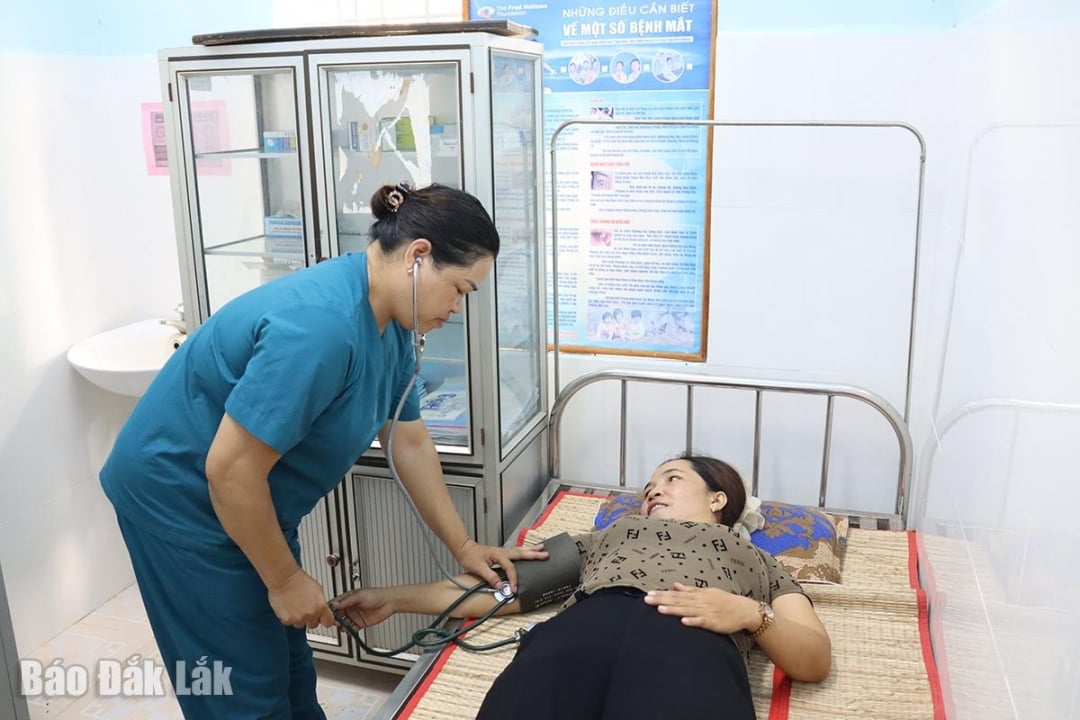
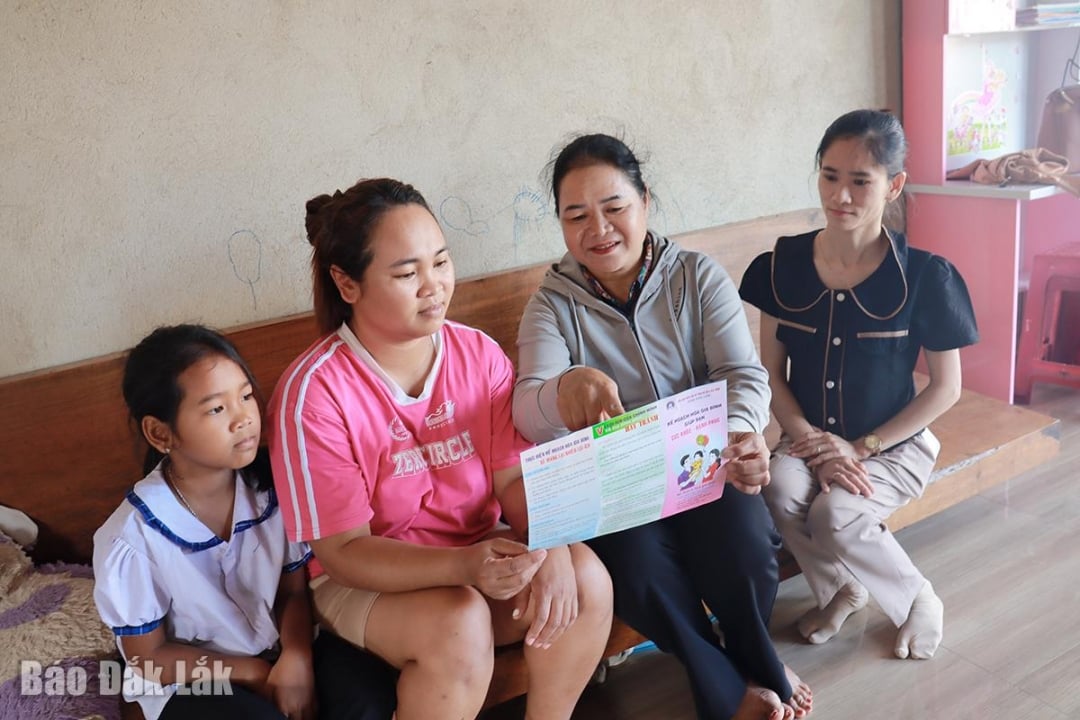








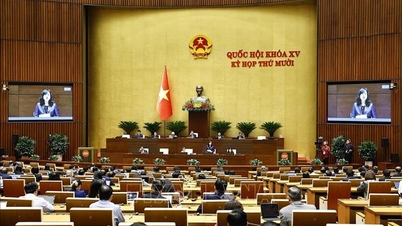

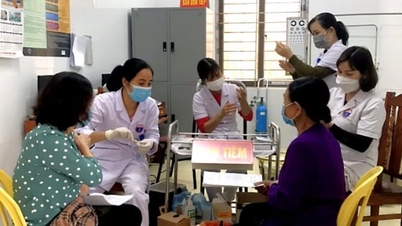

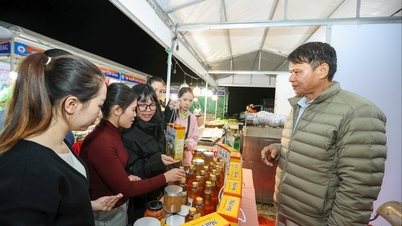

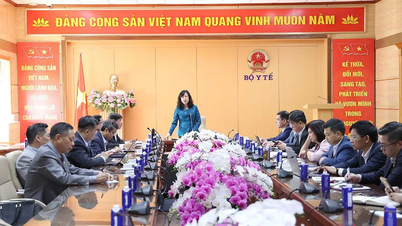

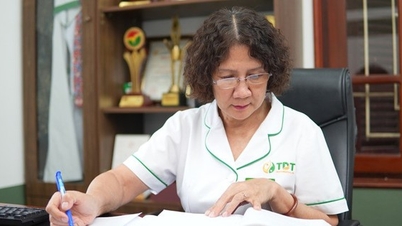

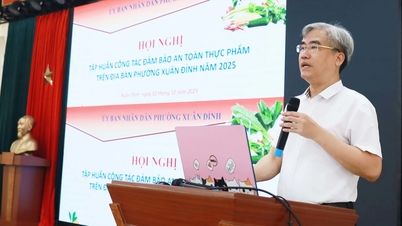

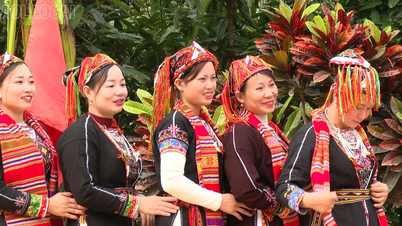

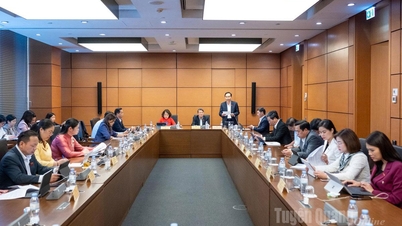

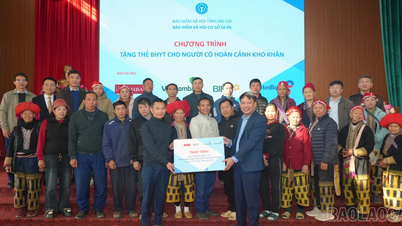

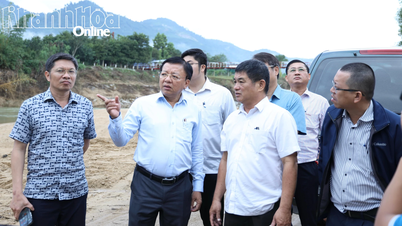





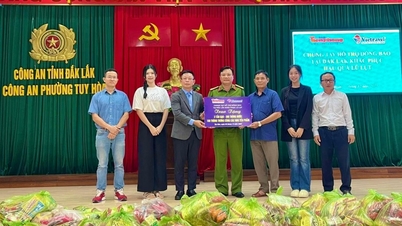

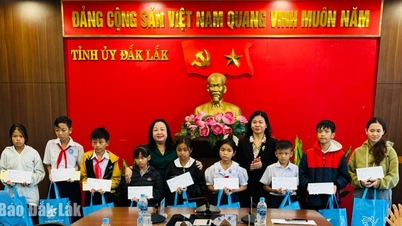
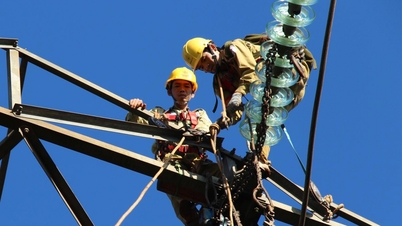
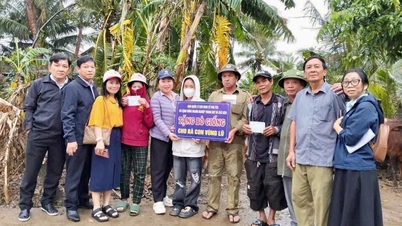
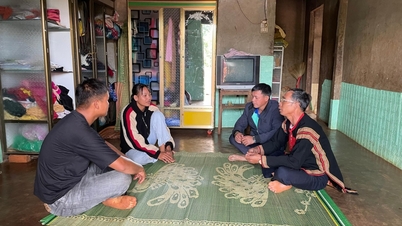
![[Photo] Parade to celebrate the 50th anniversary of Laos' National Day](/_next/image?url=https%3A%2F%2Fvphoto.vietnam.vn%2Fthumb%2F1200x675%2Fvietnam%2Fresource%2FIMAGE%2F2025%2F12%2F02%2F1764691918289_ndo_br_0-jpg.webp&w=3840&q=75)
![[Photo] Worshiping the Tuyet Son statue - a nearly 400-year-old treasure at Keo Pagoda](/_next/image?url=https%3A%2F%2Fvphoto.vietnam.vn%2Fthumb%2F1200x675%2Fvietnam%2Fresource%2FIMAGE%2F2025%2F12%2F02%2F1764679323086_ndo_br_tempimageomw0hi-4884-jpg.webp&w=3840&q=75)
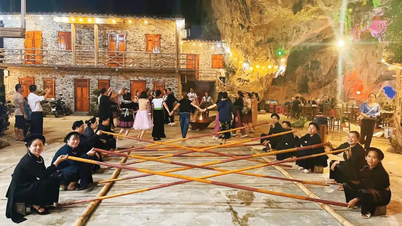



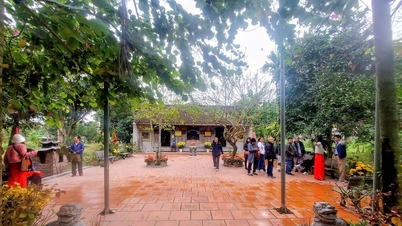












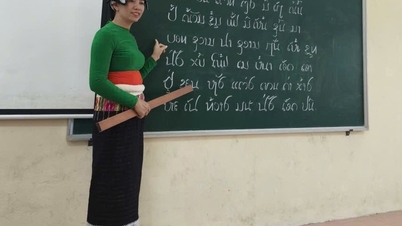

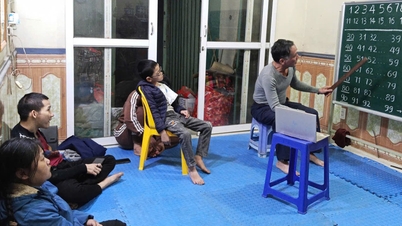
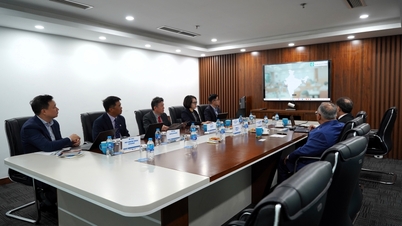
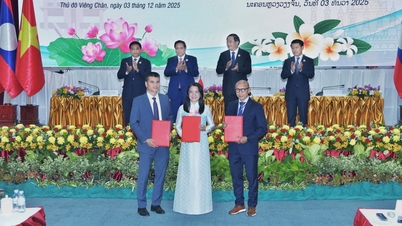




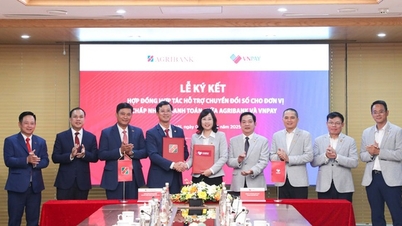






















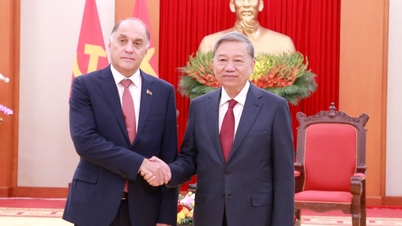
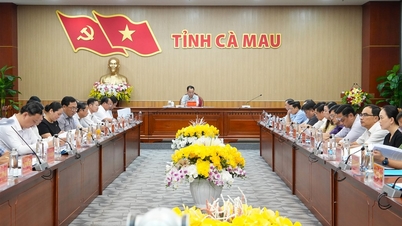

















Comment (0)